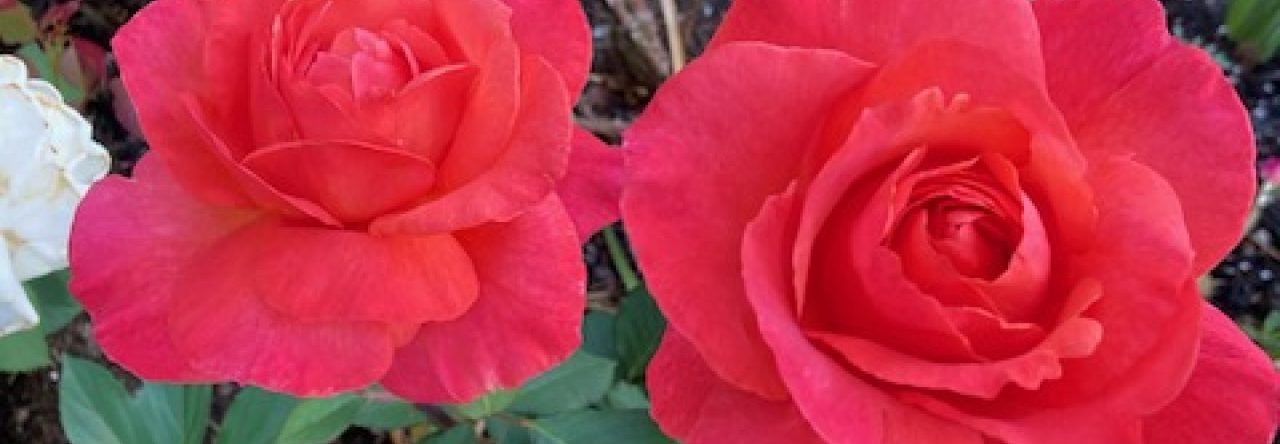By Rosalinda R. Morgan, Author of “The Zigzag Road”
When it comes to your heart, it’s never too soon to start taking care of your health. Making small changes and smarter choices can have a big impact, helping you to feel better, healthier, and happier every day.
Stay agile at every age – You don’t have to be super fit to maintain mobility as you age. A new study shows that the more light activity you engage in now (think gardening, walking, or even shopping), the less likely you are to be sidelined by immobility in your later years, regardless of how much high-intensity exercise you do. Try to hit a goal of 30 minutes of exercise a day, 5 days a week to strengthen your heart and keep it healthier.
Get your ZZZs – Sleep gives your body the rest it needs to recharge and destress. Set a bedtime and a nightly routine to unwind so you enjoy at least 7 hours of healthy sleep.
Book an annual physical – Don’t skip out on your annual check-up. One of the best ways to prevent heart disease is by monitoring your cholesterol, blood pressure, body mass index, and blood glucose levels and discussing your risk level with your doctor.
You are what you eat. Fill your kitchen with mostly nutritious foods (veggies, fruits, whole grains, lean proteins, healthy fats) but leave a little room for in moderation. Stay away from salty food which can contribute to kidney disease and heart problems.
Calm your mind. Listening to a favorite song can lift your spirit, studies say and they’ll be raised higher if you sing along. Singing has been shown to increase oxytocin which helps regulate anxiety and decrease cortisol, the stress hormone.
Do a quick declutter. Messy environments have been linked to anxiety and stress.
Smile, even when you don’t feel like it. It seems to affect positive change in your mood.
Lighten up. Enjoy life. Smile more. Laugh more. Don’t get so worked up about things.
Stop and smell the roses. Here is a Sedona Rose for you today!













